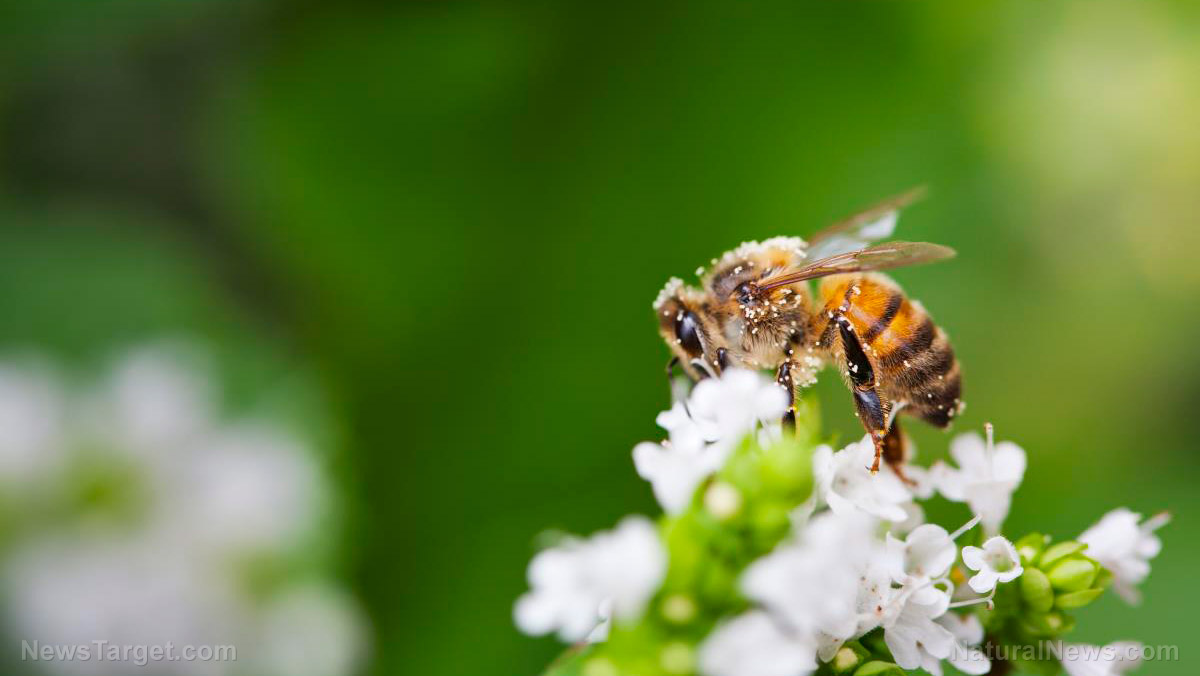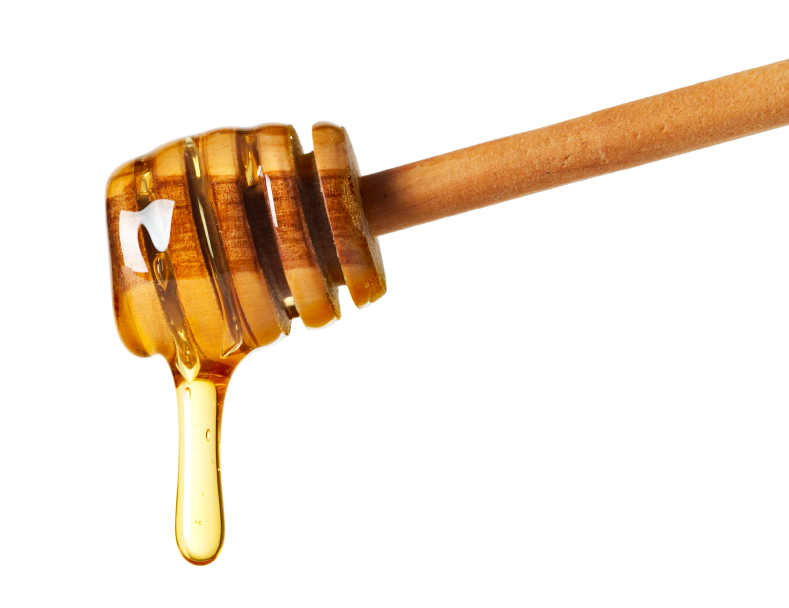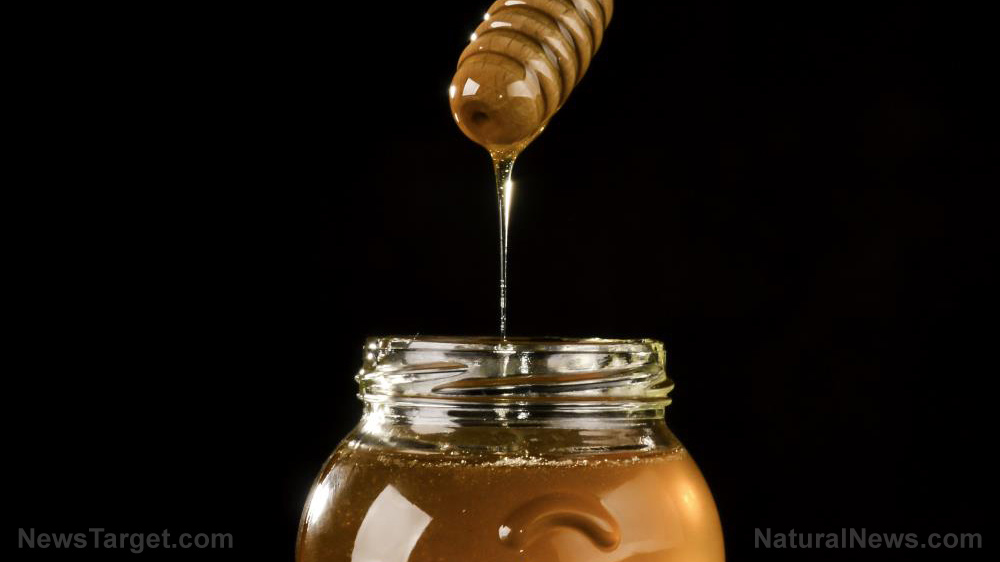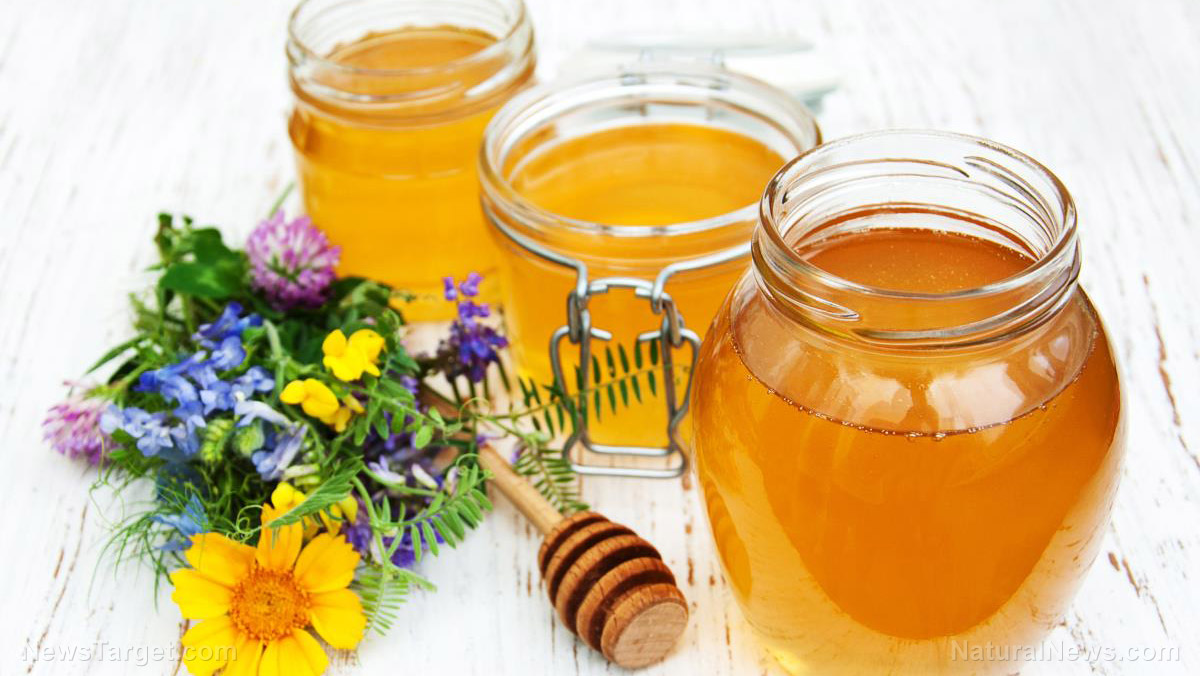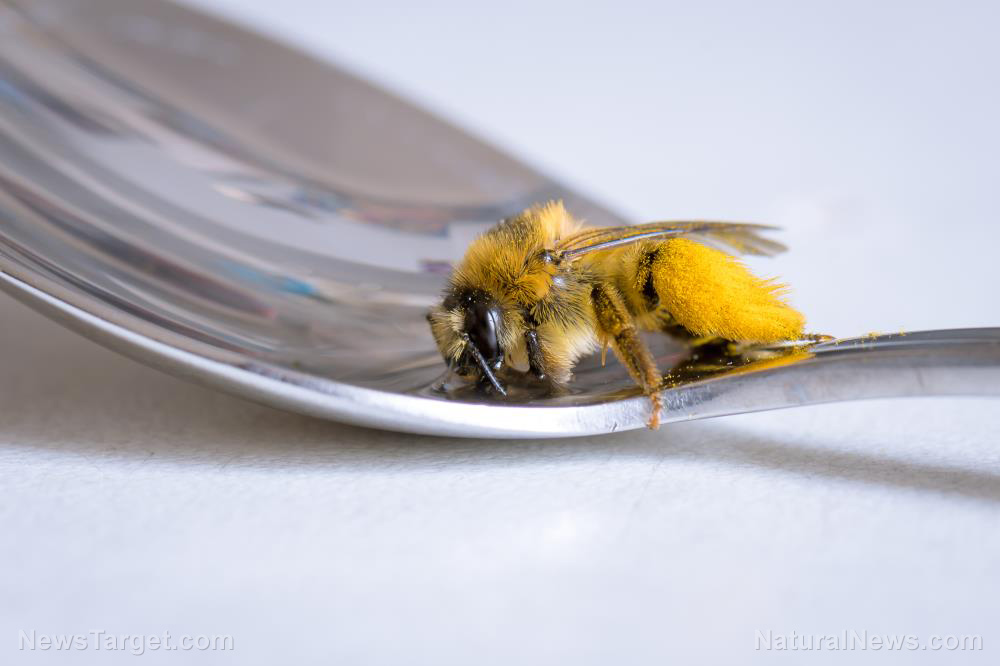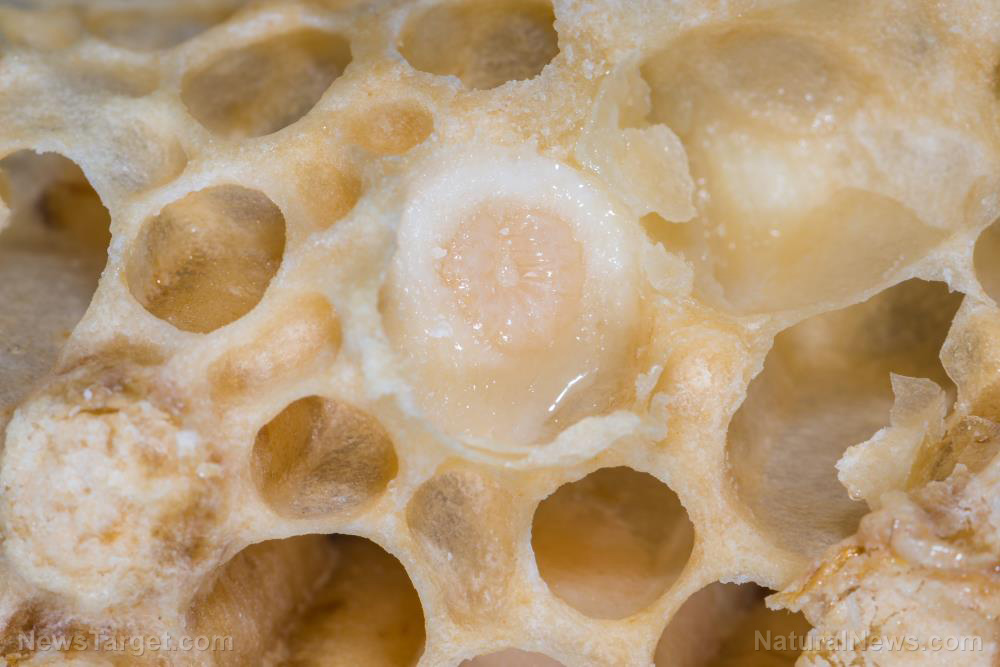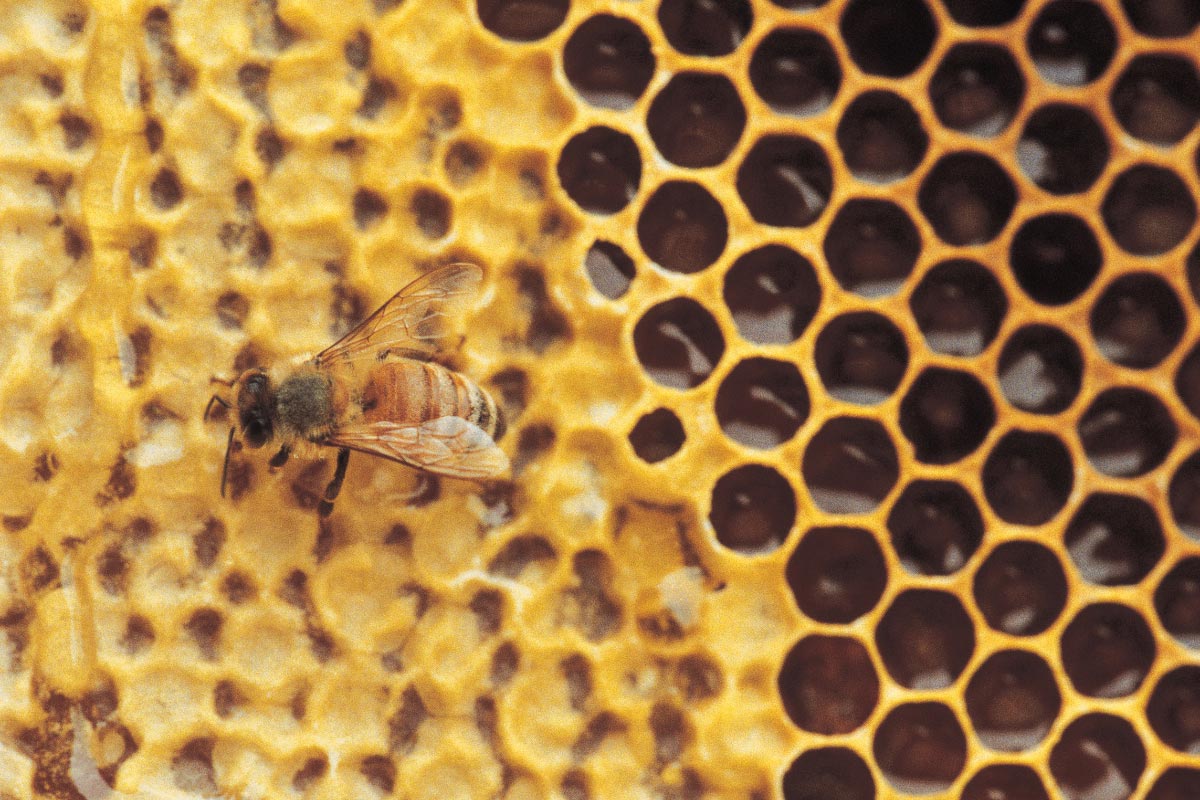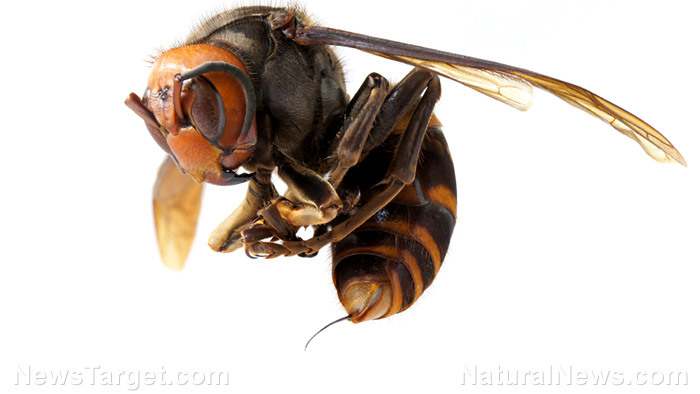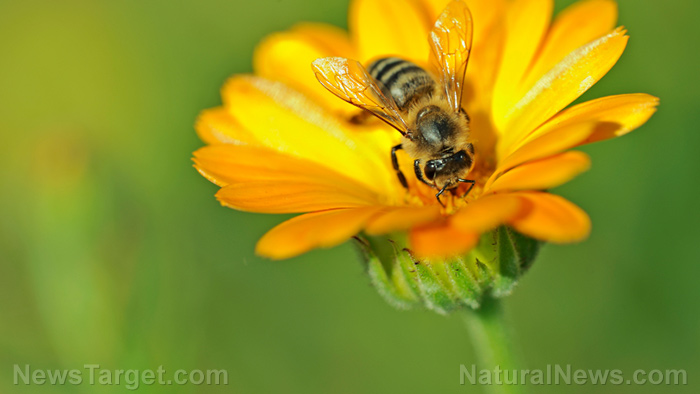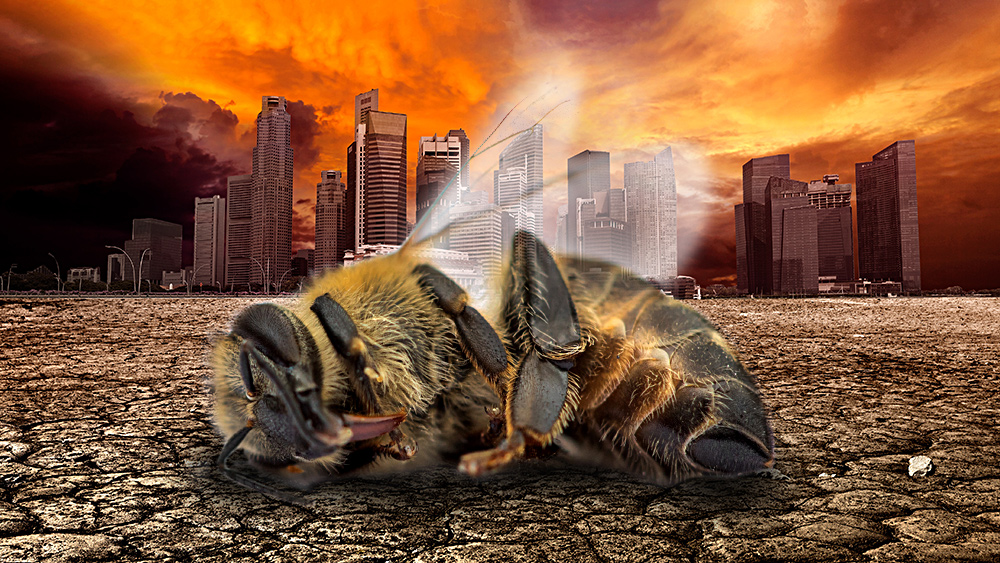Deadly pesticides STILL in use: Neonics are killing bees and birds, warn researchers
08/18/2020 / By Divina Ramirez

Migration is important in the life of birds. It lets them find good food, a good mate and a good nesting site. Should migration be stalled, birds risk missing all of these benefits that, more often than not, could mean life or death.
In a recent breakthrough, researchers from the University of Saskatchewan (USask) in Canada found that the insecticide imidacloprid has crippling effects on the health of migrating birds. The researchers suspect that pesticide-laced seeds in fields might be contributing to the decline in the population of farmland bird species.
In particular, the researchers found that feeding white-crowned sparrows small doses of imidacloprid caused them to lose six percent of their weight and 17 percent of their fat stores on average. These sudden changes caused the birds to migrate at a later date than the control sparrows.
Margaret Eng, an ecotoxicologist at USask and the lead researcher, explained that this disruption of the birds’ normal migration pattern could have significant consequences for their survival and reproduction in the wild. Their findings appeared online in the journal Science.
Neonics linked to bee deaths
Imidacloprid belongs to a class of insecticides called neonicotinoids or neonics. The structure of these chemicals resembles that of nicotine. Pesticides featuring neonics are popular choices among farmers in the U.S. and Canada for controlling pests that damage crops.
In the past, scientists had linked neonics to sudden and significant population declines in bees. The researchers also noted that more than 70 percent of farmland bird species in the U.S. are exhibiting significant population declines.
It is also worth noting that spring bird migration occurs during planting season, and most crops in both the U.S. and Canada are planted with neonics-treated seeds. Experts are worried that birds might suffer repeated exposure to neonics because of the widespread use of imidacloprid across the continent. (Related: Biologists: Pesticide regulations designed to protect bees are failing.)
Exposure to popular pesticide generates “anorexic” birds
To determine if the consumption of these seeds are affecting local migration patterns of farmland bird species, Eng and her colleagues caught dozens of white-crowned sparrows (Zonotrichia leucophrys) in Ontario, Canada during their migration period.
The researchers kept the birds in cages and provided them with food and water for six hours. The researchers then fed about a dozen of them a small dose of neonics similar to what the birds might ingest from pesticide-laced seeds in the wild. The researchers then fed another group of birds a lower dose of neonics.
Eng then put a small radio transmitter on each bird for tracking and released them into a 100,000-square-kilometer site in Ontario after six hours. Within hours, Eng and her colleagues found that birds fed the highest dose of the insecticide experienced sudden weight loss.
Prior to their release, the researchers noted that both groups of pesticide-treated birds stopped eating and took in just a third of the food that the untreated birds ate. The group also noticed that the pesticide-treated birds failed to recuperate hours after being released.
In fact, half of the birds fed the higher dose of insecticide stuck around the area longer than the untreated birds. Eng speculates that the pesticide-treated birds used the extra time to flush out the pesticides and regain lost fat stores.
Birds need to be a certain weight and store a certain amount of fat in order to make it through long migration flights. Therefore, these groundbreaking findings demonstrate that the ingestion of pesticide-treated seeds from fields can be detrimental to migrating birds.
Mark Jankowski, a toxicologist from the University of Minnesota who was not involved with the work, said that the research provides a compelling set of observations that demonstrates how even low doses of neonics can have detrimental effects on the health of migrating birds.
In 2018, the European Union (EU) had banned the use of neonics because of their harmful effects on bees. But experts are skeptical that the U.S. or Canada will be enforcing a similar ban on neonics because of their widespread use and reported benefits for plants.
Read more articles about neonics and other harmful chemicals in pesticides at Pesticides.news.
Sources include:
Submit a correction >>
Tagged Under:
animals, bees, birds, environment, insecticides, migration, neonicotinoids, neonics, Plants, toxic chemicals
This article may contain statements that reflect the opinion of the author
RECENT NEWS & ARTICLES
COPYRIGHT © 2017 BEES NEWS

